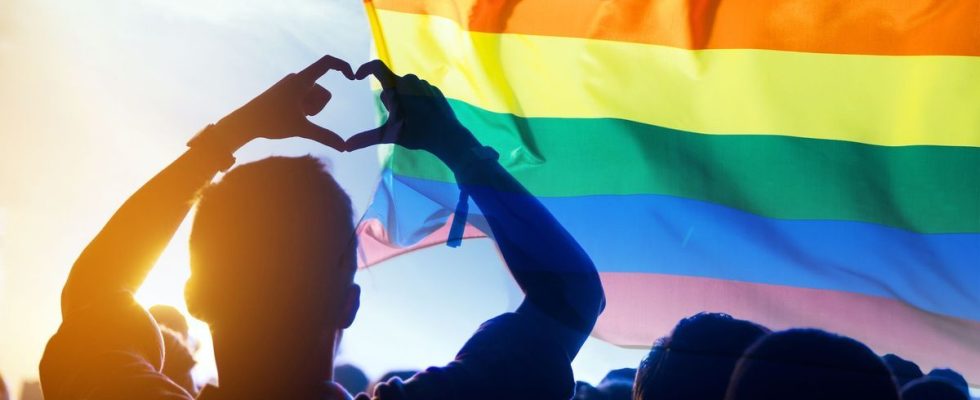Published on
Updated
Reading 2 mins.
There is good and bad on social media. And the LGBTQ+ community is unfortunately often the target of attacks online. However, a report has just shown that certain social networks have a positive impact on their mental health. Explanations.
The results of the report* of The Trevor Project may seem surprising. After surveying more than 28,000 people aged 13 to 24 from the LGBTQ community in the United States, the report demonstrated that people of color felt safer on TikTok and that this experience may decrease suicide risk as well as lower their anxiety levels: “Feeling safe and understood in at least one online space is associated with lower suicide risk and lower rates of recent anxiety for all LGBTQ+ youth, and for LGBTQ+ youth of color in particular,” the organization wrote.
15% less risk of suffering from anxiety
According to the report, young people from the LGBTQ+ community who reported feeling safe and understood in at least one online space were 20% less likely to attempt suicide in the past year and 15% less likely to suffer from anxiety compared to those who reported feeling unsafe online.
When looking at people of color in the LGBTQ+ community, The Trevor Project’s report showed similar percentages of reduced suicide attempts but even higher rates of reduced anxiety with 19% less risk of suffering from it.
Tik Tok ahead of Instagram and Twitter
And it is on TikTok that young people of color in the LGBTQ+ community say they feel safer and understood at 53%. A higher percentage than young white people (45%). Then come Instagram, for 41% among young people of color and 38% among white people, then Twitter, respectively for 21% and 20%. “In our sample, more than half (53%) of LGBTQ+ youth of color reported feeling safe and understood on TikTok, 42% on Discord, 41% on Instagram, and 33% on YouTube. Additionally, LGBTQ+ youth of color who reported feeling safe and understood on TikTok were likely to also feel safe and understood on Discord, Instagram, or YouTube,” the report noted.
